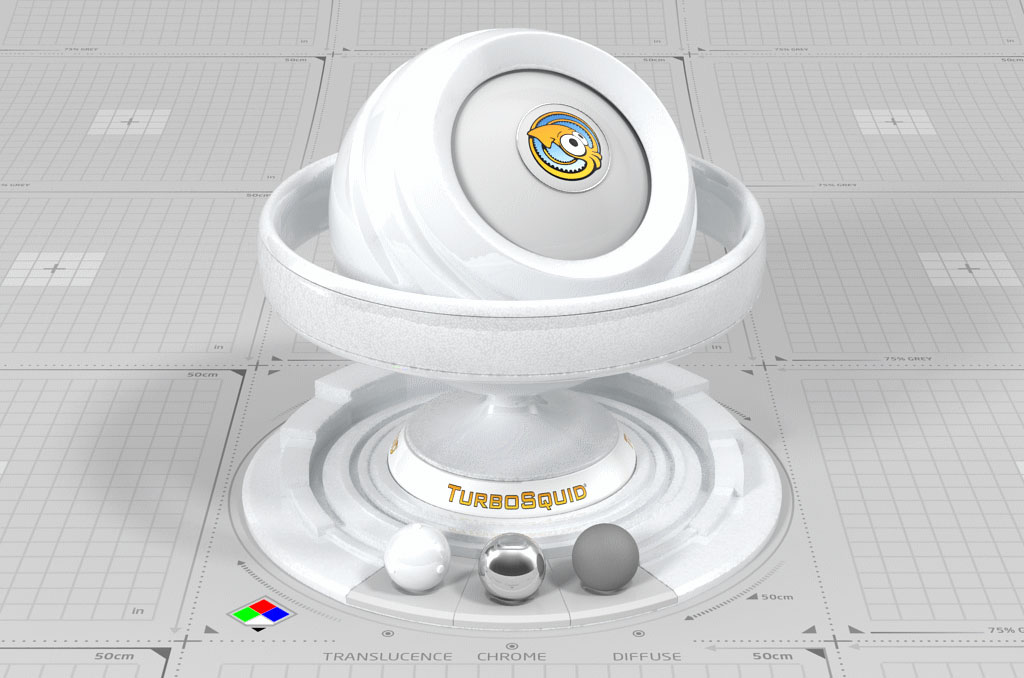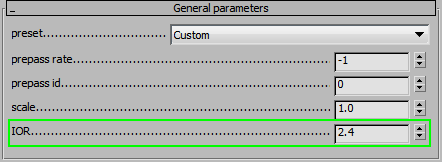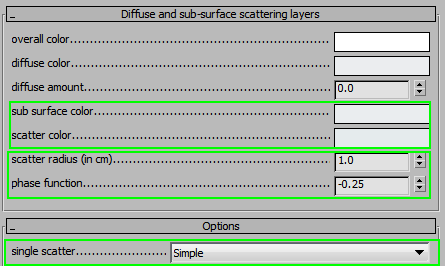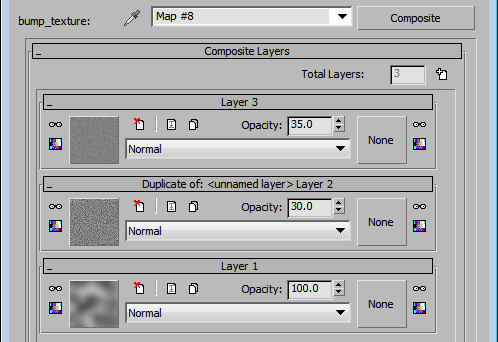Porcelain is different from many other stone-type materials, because it has translucency. To achieve this effect, we are going to use VrayFastSSS2 material.
First deal with the basic settings like IOR and Specular layer. The reflections are pretty strong and quite sharp, so use a very light color for Reflections and a glossiness value of 0.98. Fresnel IOR is set to 2.4
Don’t forget to turn on the ‘Trace Reflections’ option.
Now let’s set up the SSS settings as you see them below. The scatter depth is quite small, as the light doesn’t penetrate too deeply. Phase is set to a negative value to simulate a solid, hard object. Colors are adjusted to light grey with just a hint of blue.
The scatter mode is set to “simple” for quick results (there is no need for more advanced methods here, as the scattering effect is not very strong.)
Finally, the Bump map: porcelain usually is not completely smooth, but it doesn’t have any sharp scratches or imperfections either. Most of the time, it has smooth ripples on the surface. This can be easily replicated in 3D by compositing a few Noise maps together (we are using three different sizes to make it look more natural than just a single map).






